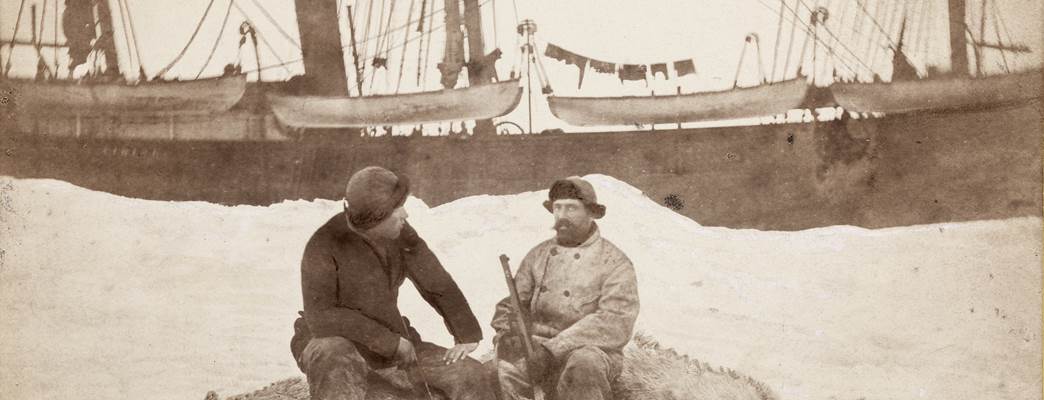The Nansen Support Programme for Ukraine
The Nansen Support Programme for Ukraine is Norway’s long-term framework for supporting Ukraine in response to Russia’s full-scale invasion. Launched in 2023, it was originally set at NOK 75 billion (about €6.8 billion) over five years, from 2023 to 2027. In late 2024, the Norwegian government extended the programme until 2030. With the extension, the total funding rose to NOK 205 billion, making it the largest and longest-running aid commitment in Norway’s history. The programme combines military, humanitarian, and reconstruction support, ensuring both immediate and long-term assistance to Ukraine.
The programme is named after Fridtjof Nansen (1861–1930), a Norwegian explorer, scientist, diplomat, and humanitarian. Nansen gained international fame for his Arctic expeditions but is equally remembered for his humanitarian work with the League of Nations. In the early 1920s, he led famine relief efforts in parts of what is now Ukraine, where millions were suffering from hunger and war. His mission provided food, medicine, and international coordination that saved countless lives. Nansen’s humanitarian work earned him the Nobel Peace Prize in 1922 and established him as one of the founders of modern humanitarianism.
By naming the support initiative after him, Norway connects today’s aid for Ukraine to Nansen’s legacy of solidarity, and international responsibility. Just as Nansen acted during one of Ukraine’s darkest periods a century ago, the modern programme reflects Norway’s belief that moral duty and political will must go hand in hand. It reinforces Nansen’s idea that international cooperation and humanitarian values should guide foreign policy – not just national interests.
Read the government white paper on the Nansen Support Programme for Ukraine from 2022.
Fridtjof Nansen
Fridtjof Nansen (1861–1930) was a Norwegian explorer, scientist, diplomat, and humanitarian. He first gained fame for his 1888 expedition across Greenland, where he and a small team made the first successful crossing of the island’s ice sheet. The journey earned him international recognition as a disciplined and methodical explorer, demonstrating that careful scientific planning could achieve what raw courage alone could not.
Nansen later led the famous Fram expedition (1893–1896), attempting to reach the North Pole by letting his ship drift with the Arctic ice. Although he did not reach the pole, the expedition collected valuable scientific data on ocean currents, ice conditions, and climate. This work became a foundation for modern polar research and oceanography.
After his polar expeditions, Nansen turned to public service and international humanitarian work. After Norway gained independence in 1905, he served as the country’s first Ambassador in London. Later, as a League of Nations High Commissioner, he organized large-scale relief operations across postwar Europe. One of his most significant missions was leading famine relief in Ukraine and southern Russia in the early 1920s, where millions faced starvation after war and drought. Under difficult political conditions, Nansen negotiated with Soviet authorities and coordinated the delivery of food and aid, saving countless lives. This effort became a defining moment in modern humanitarian action and cemented his reputation as a global humanitarian leader.
